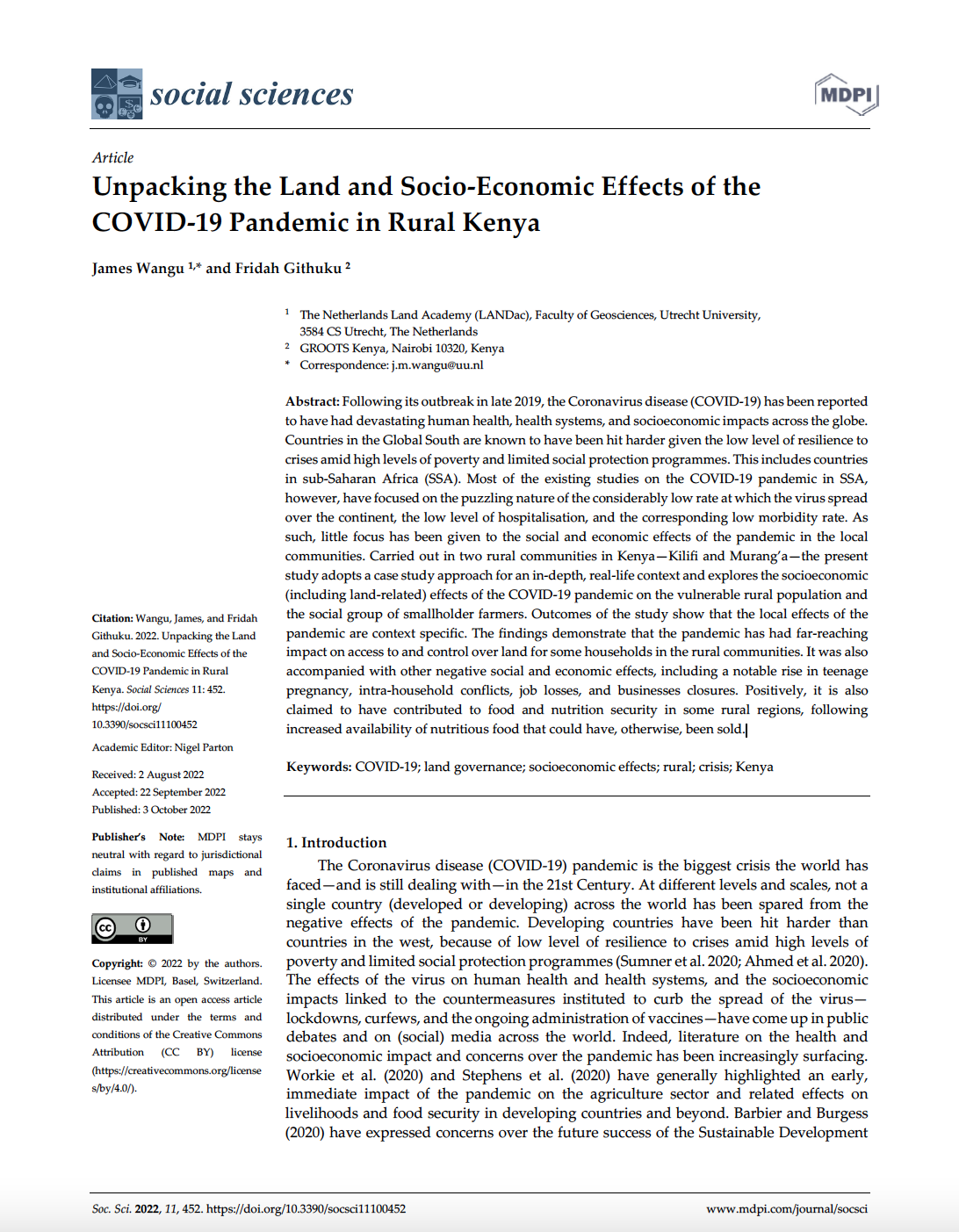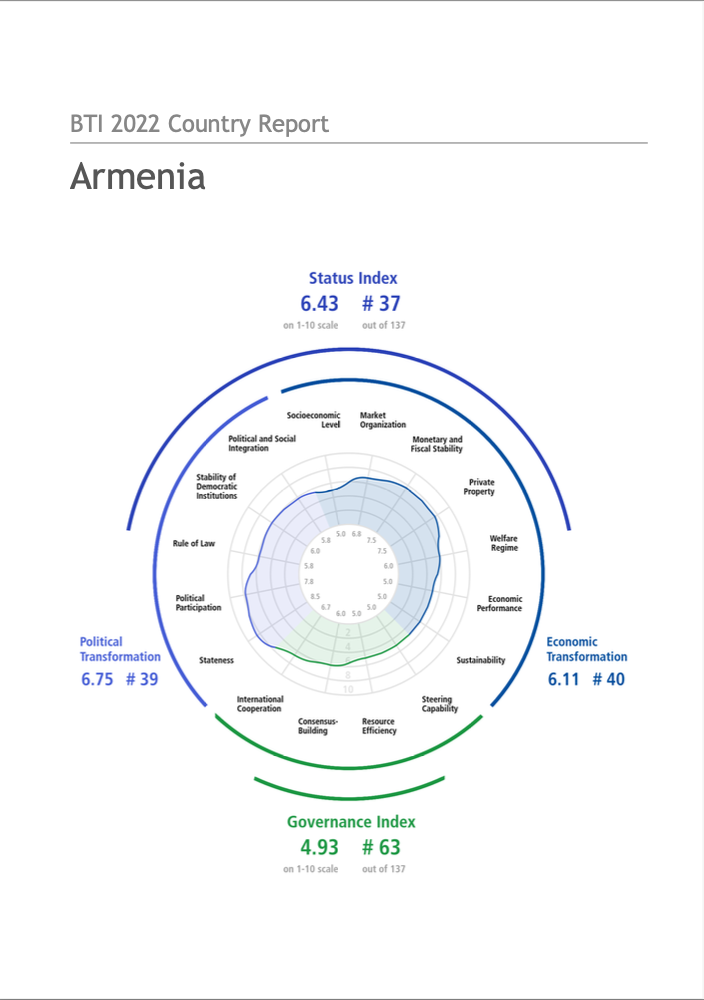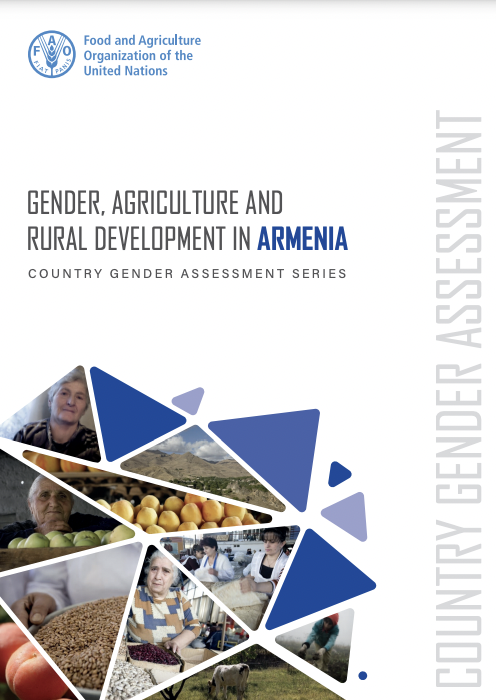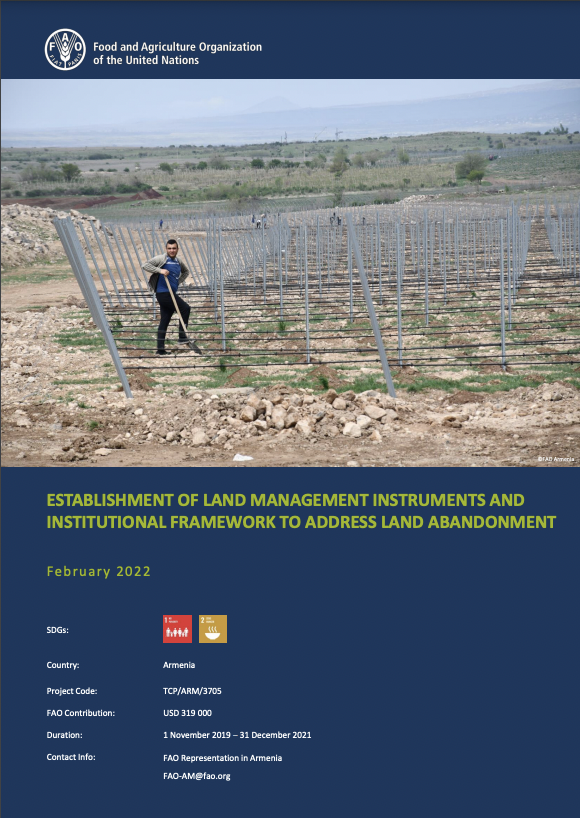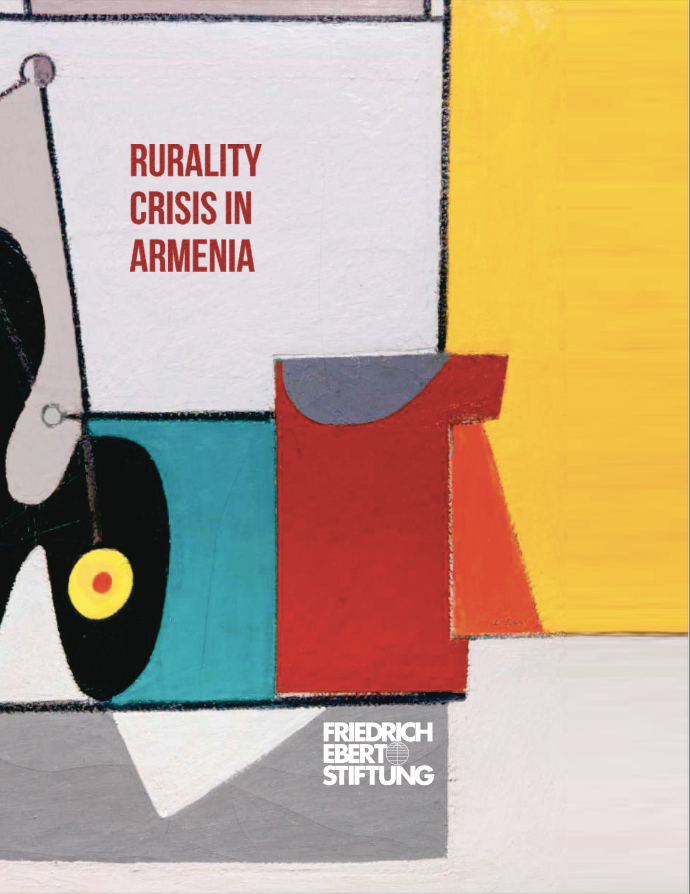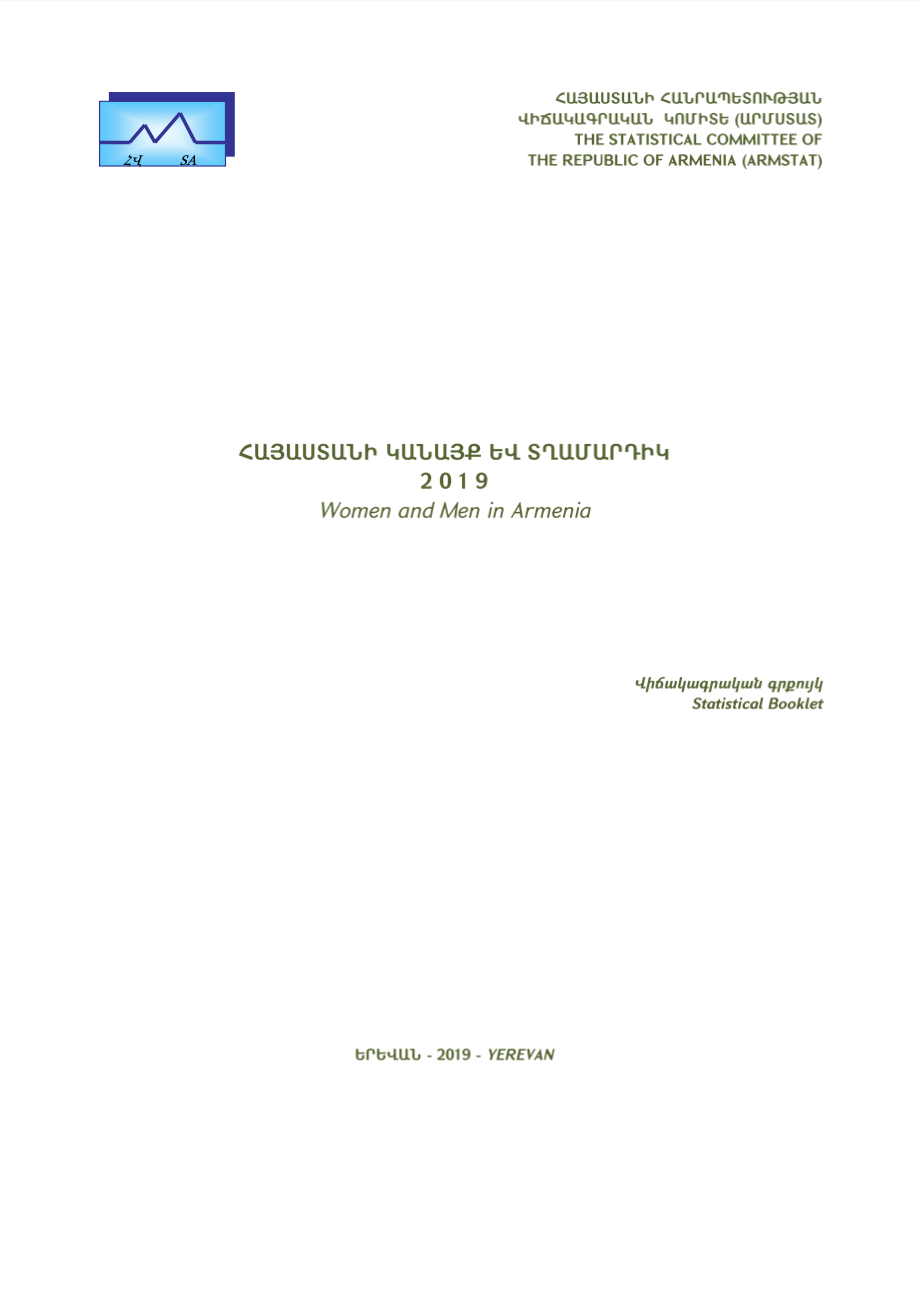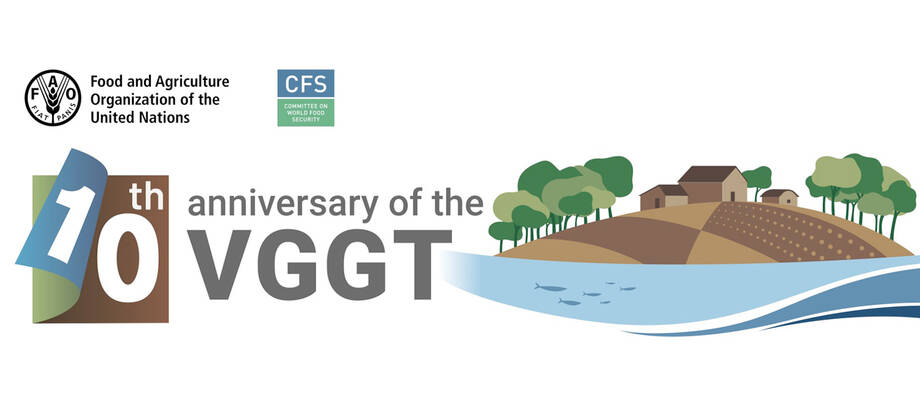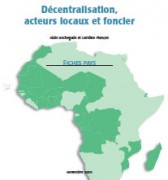Unpacking the Land and Socio‐Economic Effects of the COVID‐19 Pandemic in Rural Kenya
Following its outbreak in late 2019, the Coronavirus disease (COVID‐19) has been reported to have had devastating human health, health systems, and socioeconomic impacts across the globe.

